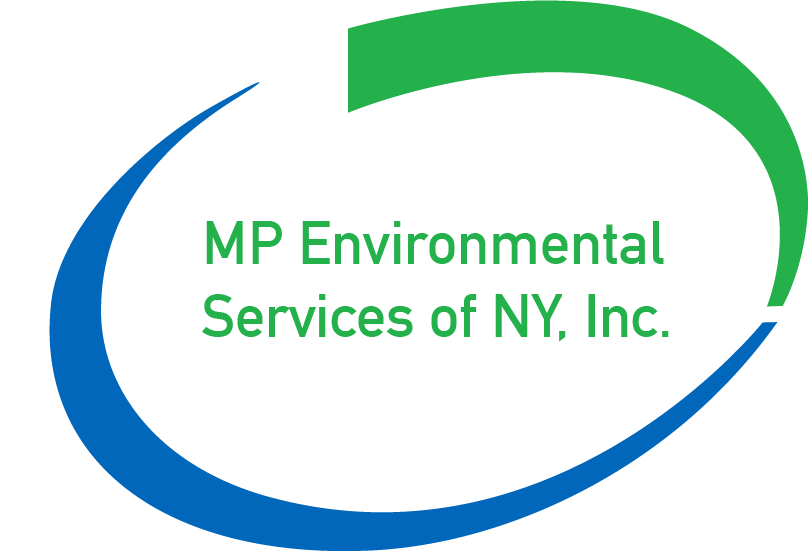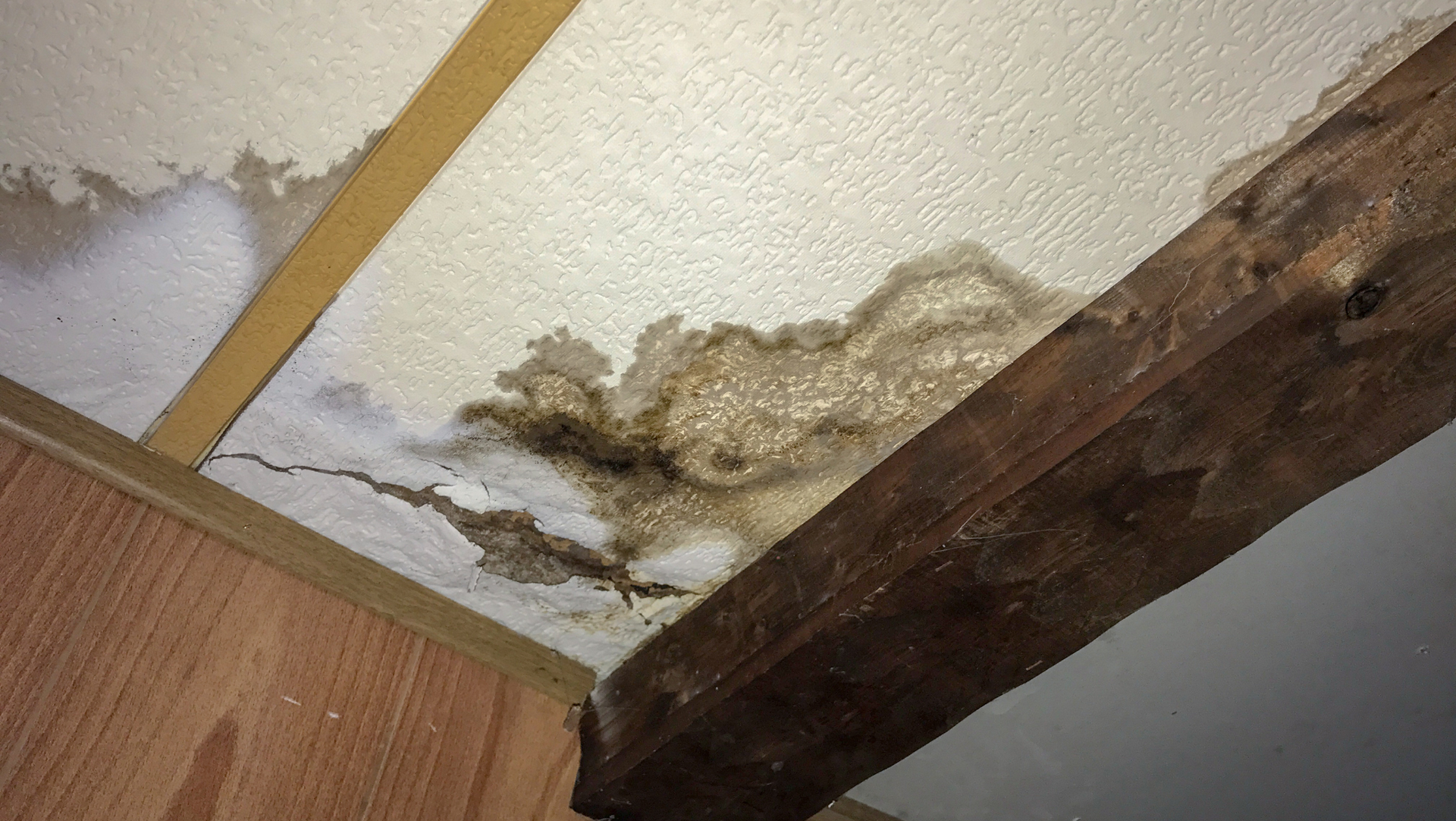How Environmental Remediation Supports Sustainability

From Contamination to Conservation:
How Environmental Remediation Fuels Sustainability
When most people think about sustainability, they picture renewable energy, eco-friendly products, or reducing waste. While those are important aspects, one unsung hero of sustainability is environmental remediation. This process plays a crucial role in restoring ecosystems, protecting public health, and paving the way for cleaner, greener developments.
Restoring Contaminated Land
Environmental remediation involves cleaning up hazardous materials, contaminated soil, and polluted water. Old industrial sites, landfills, and even neglected properties often harbor toxins that pose risks to humans and wildlife. By removing harmful substances and restoring these areas, remediation transforms unusable land into safe, productive spaces.
Think about it: without remediation, contaminated sites would remain environmental hazards. Cleaning them up not only benefits the environment but also prevents urban sprawl by making previously abandoned land viable for redevelopment. This reduces the pressure to clear forests or other natural habitats for new construction.
Protecting Waterways & Wildlife
Contamination doesn’t stay in one place. Toxins leach into groundwater, travel through rivers, and can harm ecosystems far beyond the initial site. Remediation prevents these pollutants from spreading, protecting local wildlife and ensuring that future generations have access to clean water.
Take, for example, a brownfield site near a wetland. If left untreated, the runoff could devastate the surrounding ecosystem. Environmental remediation creates a barrier between pollution and the environment, preserving biodiversity and maintaining the delicate balance of our ecosystems.
Reducing Carbon Footprint in Construction
Demolition often gets a bad rap for being wasteful, but when paired with environmental remediation, it can actually contribute to sustainability. Deconstruction methods focus on recycling materials like concrete, steel, and wood from buildings. This reduces landfill waste and cuts down on the need for new raw materials.
Additionally, proper handling of hazardous materials like asbestos or lead prevents them from being improperly disposed of, which could lead to further environmental harm. Responsible remediation and demolition companies work to minimize waste, protect natural resources, and adhere to strict environmental standards.
Supporting a Greener Future
Environmental remediation isn’t just about cleaning up the past—it’s about building a more sustainable future. By restoring land, protecting ecosystems, and enabling eco-conscious development, remediation supports a healthier planet for everyone.
If you’re considering a remediation or demolition project, choose a company that prioritizes sustainability. Together, we can clean up the past and create a greener tomorrow.





